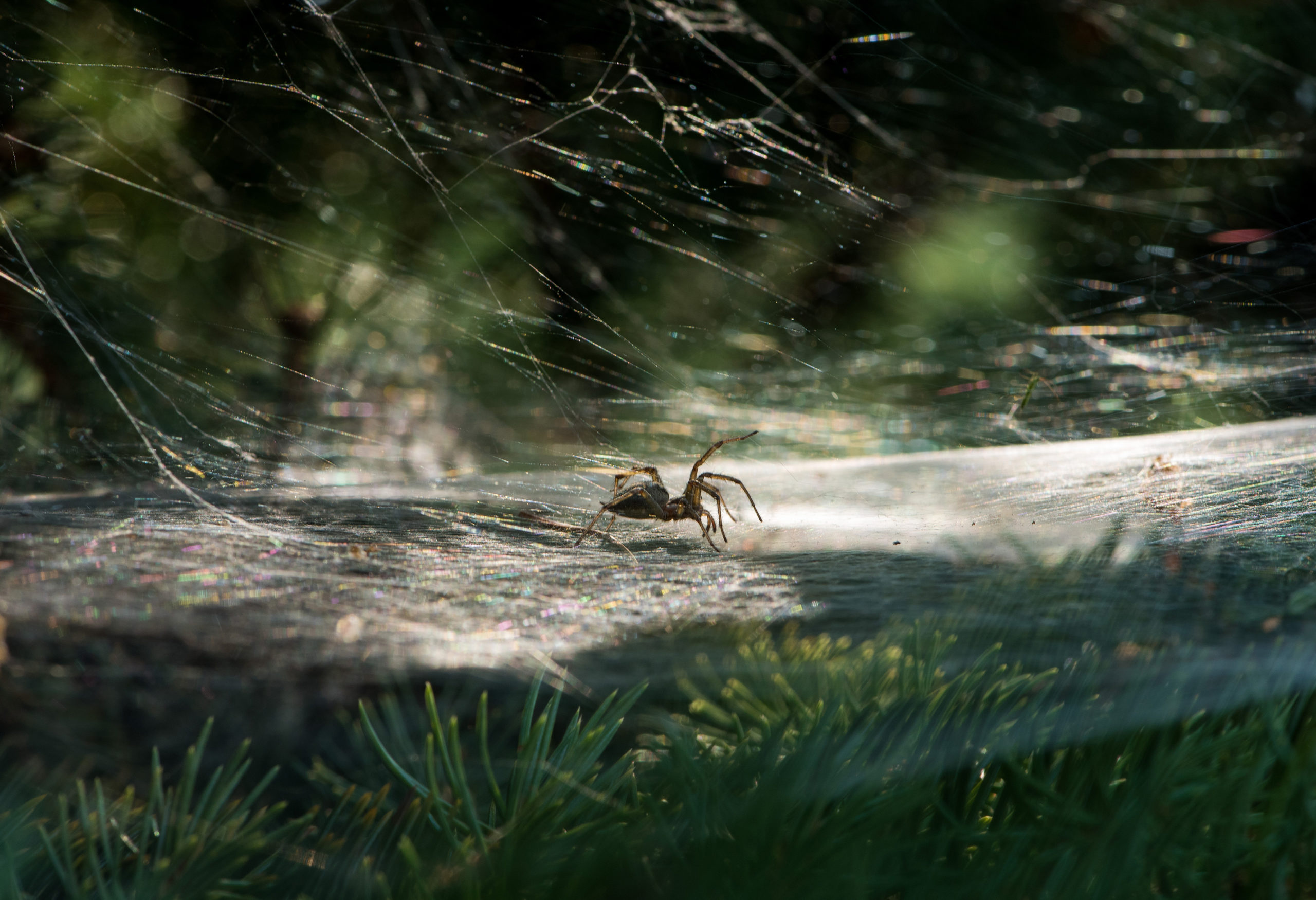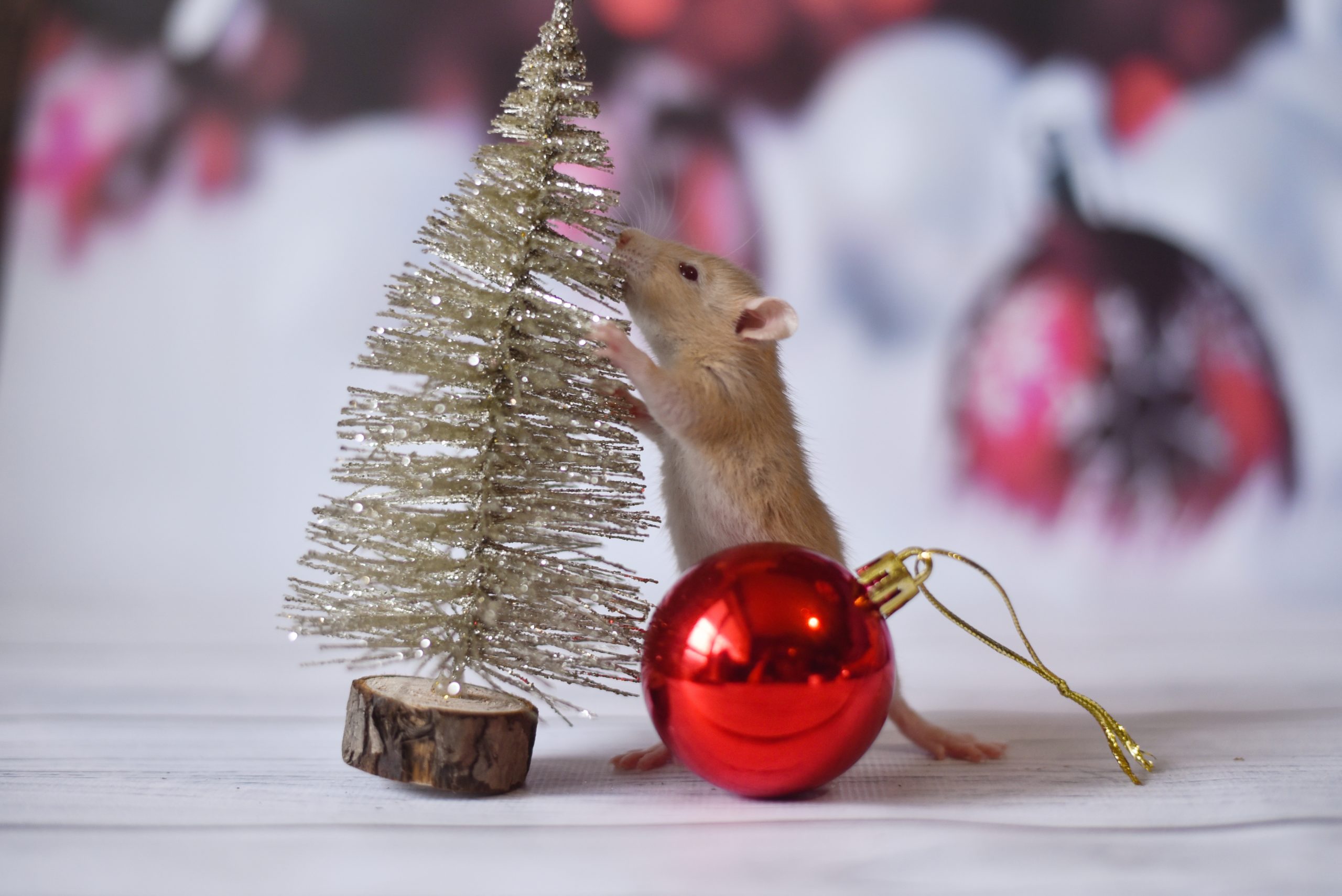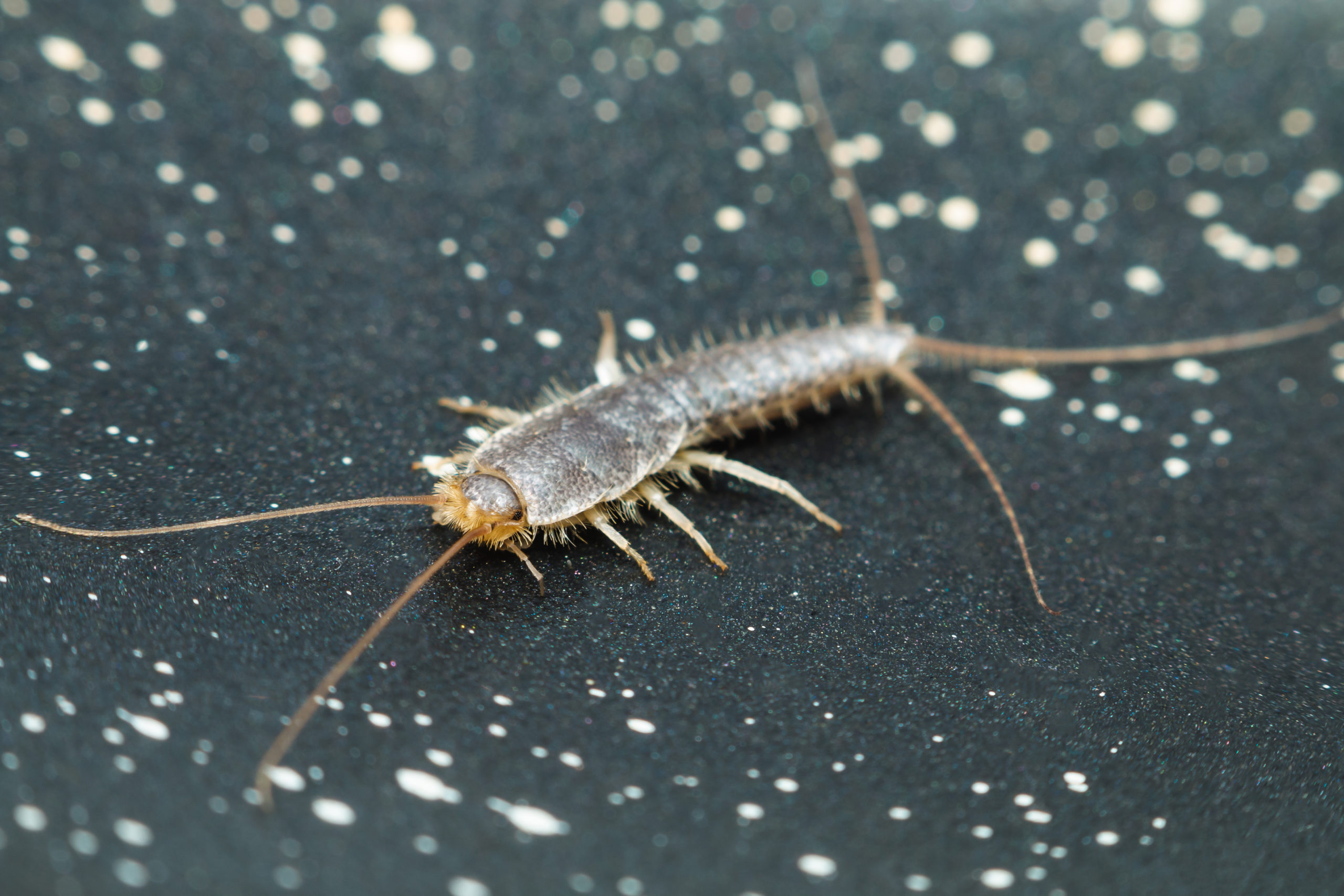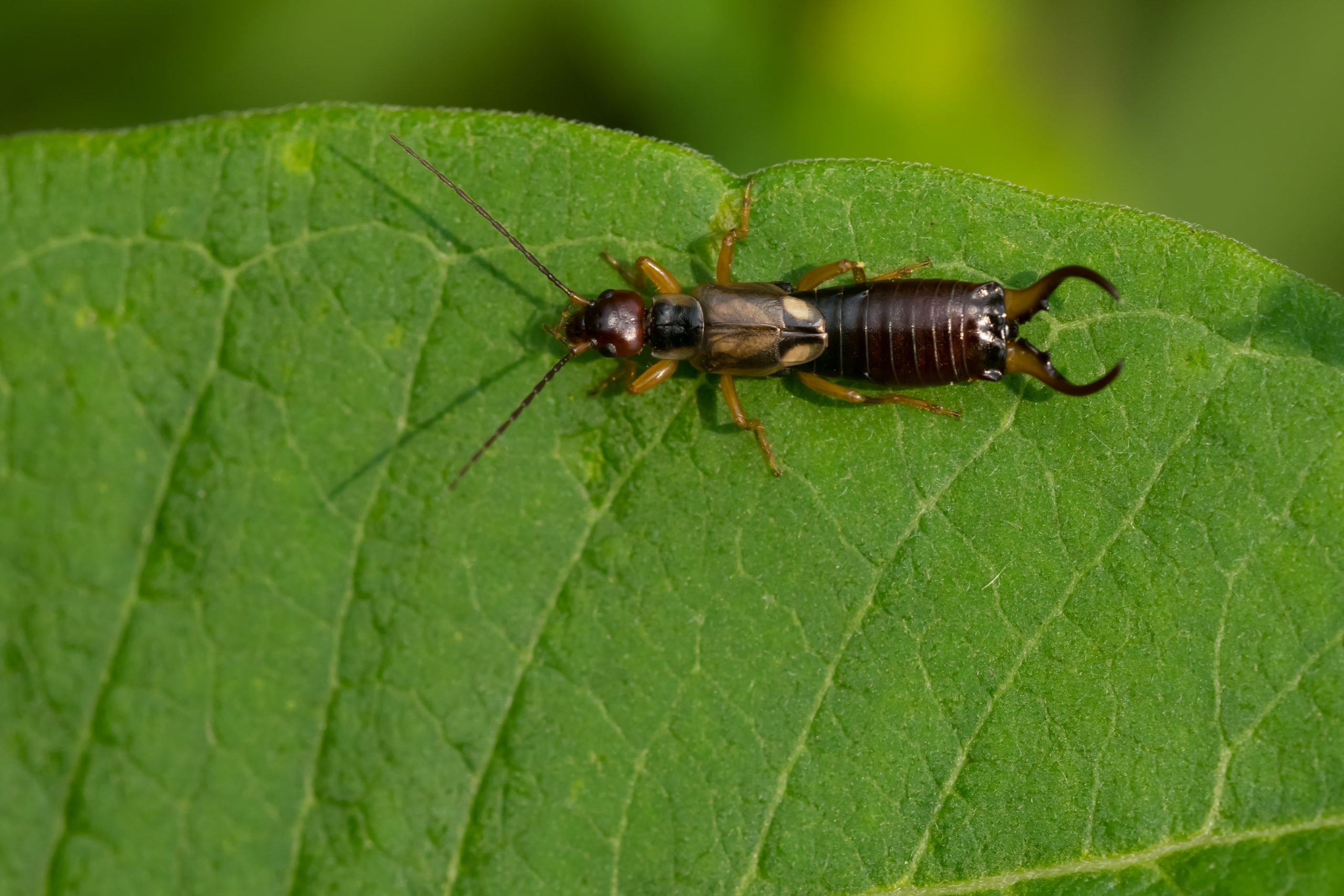5 Pests Commonly Found in Boxes of Holiday Decorations
5 Pests Commonly Found in Boxes of Holiday Decorations
Decorating a home for the holidays is quite the experience depending on how many containers of knick-knacks you have. Some people like to take a minimalist approach with a few ornaments and some small childhood mementos that fit in a box on the closet shelf, while others need a full weekend to unpack the overflowing bins that are kept in the back of the garage until the day after Halloween. No matter what your decorating style is, one thing is for sure: pests have no place in our holiday decor! Despite our best efforts in storing the decor every year, there are a few common pests that frequently make their year-long home in the boxes.
Spiders

There’s nothing quite like the scare of opening a stored box and finding a spider staring back at you. Spiders only survive as long as they have a constant food source, which explains the dead spiders that accumulate in the corner of the garage every year. But this means that a live one is a sign that other pest problems are at play here. Spiders favor dry conditions that are mainly undisturbed by humans and movement, like the corner of a box or the dark area under the work bench. Many species spin a web that they can live in while they wait for prey, while others prefer to hunt down the prey themselves with their agility and strength.
In a box of holiday decorations, spiders prefer the greenery that offers shelter while being soft enough to provide a space for web-spinners alike. Artificial trees, wreaths, and garlands are all favorites of the spider, and they enjoy the real versions of these items even more. Depending on the size of the spider, it can easily get into a cardboard box that is left alone for most of the year. Essentially every pest on the list loves living in cardboard boxes, so spiders have plenty of prey to choose from. The only spider species of concern are the black widow and brown recluse, both of which favor more natural hiding places over these boxes. But just to make sure you aren’t accidentally carrying a spider-infested wreath inside, give each “greenery” item a quick shake and brush it off before placing it indoors.
Rodents

Speaking of pests that love cardboard boxes, rodents are one of the top culprits of box-invasions in every climate. This is because rats and mice not only use the boxes for their nests as they reproduce often, it is also because they like to eat the cardboard itself. Rodents can easily invade flimsy containers in places that are not combed through daily, like the garage, attic, and basement. Rodent families are large enough to consume noticeable pieces of decor, but the larger problem is the constant gnawing. Since rat and mouse teeth are open-rooted, they constantly grow and need to be kept gnawed down by the rodent. This is why gnaw marks, droppings, and shreds of nesting material are the earliest signs of a rodent invasion.
A box of holiday decorations is a rodent’s buffet, if they get the chance. Anything soft can be used as a chew toy or a source of fluffy nest material, depending on their mood. Festive throw pillows and stuffed animals fit this category perfectly. Rodents also enjoy anything organic or natural. Dried fruits, popcorns, old candies, and wood are easily cut through by a rodent’s sharp teeth. Rats and mice may not chew through typical ornaments that hang on the tree, but they can certainly nest in them before we start to unwrap each bauble. But the arguably largest point of concern is anything with wiring, which rodents are known to chew through at any time of the year. Strings of Christmas lights and any electric outdoor decorations are at risk of becoming the favorite chew toy of a rat or mouse family. If you plug in a chewed wire, there is a major risk of it sparking and starting a fire. Quickly scan each piece of decor for signs of gnawing or droppings, and check each string of lights for any damage done by those scary teeth.
Silverfish

Silverfish may fit in with the shiny and illustrious holiday decor in the boxes they invade, but they are not a pest we want in any season. They are completely harmless to us, besides the damage they do to all kinds of objects and decorations. The favorite foods of silverfish are organic and starchy, providing quite the wide range for their diets. They favor environments that are dark and damp, which often describes our attics, basements, and garages. They can also be found in the dark corners of normal rooms, waiting for their chance to munch on some of our belongings when no one is around.
Silverfish can be found puncturing small bite marks in wallpaper, books, and fabrics, all of which could be in boxes of decor depending on how much of it is homemade. Silverfish don’t invade in hordes and are not large enough to devour a whole item, but the frayed edges of their bite marks are frustrating enough. One of the common decor categories that contains a lot of paper is anything made by children or grandchildren. Drawings, handmade gifts, and glitter-infused ornaments can all become targets for silverfish. These pests even like glue for the starch, so anything held together with common glue could also be compromised over time. Plus, the fabric from pillows and soft items could show the puncture holes if the silverfish are left long enough. Keep everything stored in secure lidded containers, and inspect these papery and starchy items for signs of damage before bringing them inside.
Earwigs

This may seem like a completely random choice for this list, but hear us out. Earwigs, much like silverfish, love anyplace that is dark and damp. They are also quite independent, and would prefer to stay as far away from us as possible. The common points of entry and temporary homes for earwigs are (unsurprisingly) the garage, basement, and attic. If it has been raining recently, you may notice a rise in the number of earwigs you find inside. They also favor our homes when it is unbearably hot outside, but that season is long gone at this point.
Earwigs can be drawn in by any sort of moisture in the room or in the boxes themselves. Puddles and leaks on the ground are common spots for earwigs to venture near, so any boxes of Christmas decor sitting there are also now a target. They are omnivores, meaning they eat both insects and organic matter. If you find multiple earwigs in the area, it could be a sign of other pests nearby, just like with a spider. But in the decor, earwigs can enjoy anything from the fabrics, to the residue on outdoor decorations, to the dead insects in the corner of the box. And if any of the trees, garlands, and wreaths are real, earwigs would be immediately drawn to those as well. Make sure that every piece of decor is dry and clean before displaying it inside and putting it back in storage. Also, as with the other pests, shake out anything soft that could potentially be housing an independent earwig.
Moths

Many people think of moths as just being those fluttery insects that are drawn to every light fixture in the world, but there are whole species of moths that live off of the fibers in fabrics. These clothes moths are often the culprits behind those tiny holes that mysteriously appear in our closet clothes. They are after any material with keratin, a protein from organic and animal materials that the moths can actually digest. Essentially, anything with animal fibers is exactly what the moths need. This includes wool, fur, felt, and cotton. Since moths are largely nocturnal, they can hide during the day and feast at night when we aren’t awake to stop them.
Moths can chew through softer materials, like an old cardboard box, or simply crawl in between the gaps to get through to the decorations. They can then hide in garlands and wreaths as they feed on any animal fibers they can find. You may not be storing clothes in these containers, but there are plenty of fabric-covered items that are likely packed in your collection. Stockings, tree skirts, and fabric signs or countdown calendars can all be munched on by the clothes moths over time, leaving annoying holes in the decor. The idea of opening the container only to find moths flying out is not very appealing either! Keep all containers of decor sealed with a secure lid, and you should be able to keep the moths at bay. Store any fabric decorations in these containers throughout the year, and inspect softer decor items for any signs of damage or holes.
Decorate Your Home With Green’s Treatments!

The best storage tip we can give you is to use plastic bins with secure lids to store your holiday decor. Nowadays, there are containers of all shapes and sizes to fit your needs. The large tubs are great for fitting lots of decorations in at once, and slim containers are helpful for packing up countless ornaments while keeping them secure. Whatever you do, we recommend not using cardboard boxes for anything. This is the favorite snack or hiding place of many pests, and they are not as sturdy against leaks and adverse weather as the plastic tubs are. Also, throw out any edible decorations before packing it all up after the holidays. Those popcorn garlands, candy canes, and cranberry strands can all be bought or made again next year, without the risk of pests finding them before then.
The best way to keep pests out of your holiday decor – and home in general – is through professional pest control services! Our team of knowledgable technicians use the habits and life cycles of common pests to customize a treatment plan that will actually solve each problem. Plus, our eco-friendly treatments are effective without bringing harmful chemicals to you and your family. Contact us for a free quote and to learn how our services can ensure that your home is full of festive decor, not pests.
Citations
Cowley, B. (2018, December 12). Don’t let pests make your home theirs for the holidays. Christmas Decor by Cowleys. Available at https://www.christmasdecorbycowleys.com/about-us/news-and-events/33348-dont-let-pests-make-your-home-theirs-for-the-holidays.html (Accessed November 30, 2022).
Durrani, A. (2020, November 30). How to keep bugs from hitching a ride into your home via your Christmas tree. Realtor. Available at https://www.realtor.com/advice/home-improvement/how-to-keep-bugs-out-of-house-holiday-season/ (Accessed November 30, 2022).
Holiday decorating done right: Top three tips for a pest-free home. (n.d.). Pest World. Retrieved November 30, 2022, from https://www.pestworld.org/news-hub/pest-articles/holiday-decorating-done-right/
Potter, M.F. (n.d.). Clothes moths. Entomology at the University of Kentucky. Available at https://entomology.ca.uky.edu/ef609 (Accessed November 30, 2022).
8 Creative Ways to Have a Pest-Free Fourth of July
8 Creative Ways to Have a Pest-Free Fourth of July 8 Creative Ways to Have a Pest-Free Fourth of July Summary: The Fourth [...]
A Simple Guide to Preventing Stinging Pests
A Simple Guide to Preventing Stinging Pests A Simple Guide to Preventing Stinging Pests Summary: Stinging insects are more active in warm weather, [...]
These 10 Natural Mosquito Repellents Can Actually Help
These 10 Natural Mosquito Repellents Can Actually Help These 10 Natural Mosquito Repellents Can Actually Help Summary: Natural mosquito repellents are easier to [...]
How to Get Rid of Carpet Beetles
How to Get Rid of Carpet Beetles How to Get Rid of Carpet Beetles Summary: Carpet beetles are sneaky pests that don’t usually [...]
How Do Roaches Affect Asthma and Allergies?
How Do Roaches Affect Asthma and Allergies? How Do Roaches Affect Asthma and Allergies? Summary: It’s no secret that pests impact human health, [...]
These 5 Carnivorous Pests Might Surprise You!
These 5 Carnivorous Pests Might Surprise You! These 5 Carnivorous Pests Might Surprise You! Summary: There are many eco-friendly ways to prevent pests, [...]

